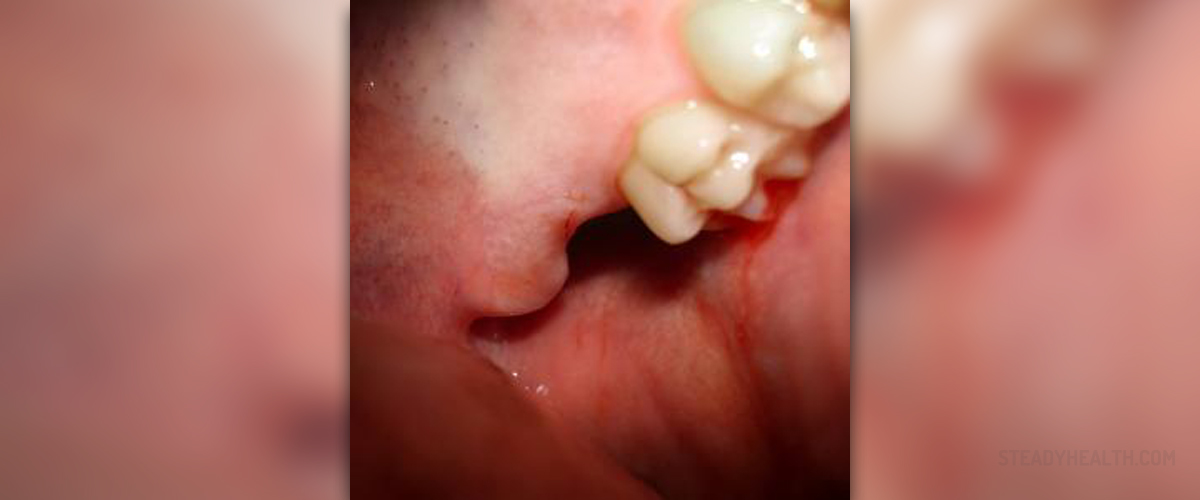
Tooth pain
Tooth pain is (obviously) the pain in the tooth or in the area around the tooth, typically in the jaw or in the gums. It may worsen if you expose the tooth to hot or cold, or to pressure, as when chewing. It can be mild and brief, agonizing and debilitating, or dull, but lasting. No matter how strong, how bothering and how long-lasting it is, it is always a sign of an ongoing problem which can easily become more severe, and should therefor not be left unchecked.
Causes of tooth pain
Typical and most common cause of tooth pain is some dental problem, such as cavity or tooth decay, or cracked or broken tooth, exposed root or a gum problem. Jaw joint and jaw muscles can be the cause of toothache as well, if they are affected by certain diseases. Toothache can also be a symptom of serious hear conditions such as angina or heart attack, or disease of the nerves, if the pain is chronic. Nearby regions can also cause tooth pain if they are affected by some condition. In example, ear problems or sinus problems can “transfer” pain to the teeth as they lie in immediate vicinity of the teeth.
Dealing with toothache
The proper course of action would be to visit a dentist and get an oral examination. That will determine the true cause of your toothache. A glance might be enough, if the cause is obvious, but you may even need to get a dental x-ray scan. The primary concern of the dental professional is to determine if the cause of the pain resides in the teeth or somewhere else, that is, if the toothache is a symptom and if you need to see some other specialist instead of the dentist. Dental problems should be dealt with as soon as possible before they escalate to proportions which may require the use of those pliers, such as tooth abscess or pulp inflammation. The dentist will recommend the adequate procedure after completing the exam.
In case that you can't get to the dentist immediately, but that ache is really bothering you and messing with your work or daily routine, you may do something to ease it. For instance, you may apply desensitizers or pain relievers. Ice patches outside the affected area have anesthetic effect, as they numb the nerves and reduce inflammation. Keeping the teeth clean also helps to keep the problem at bay before you reach the dentist.



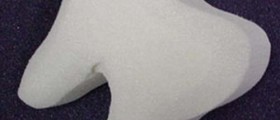

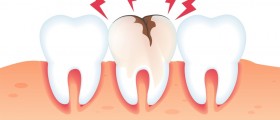

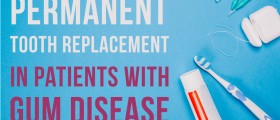


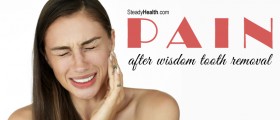
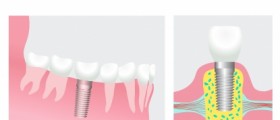





Your thoughts on this
Loading...